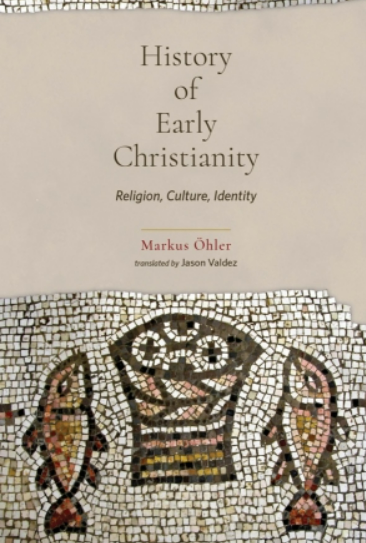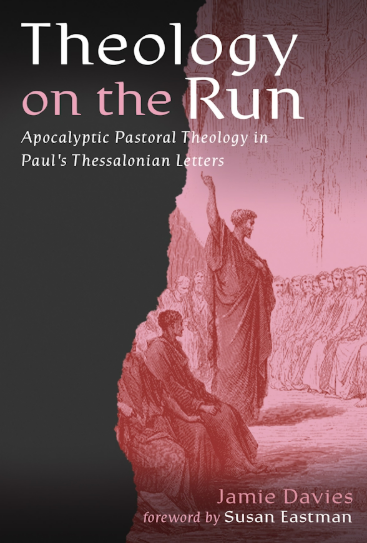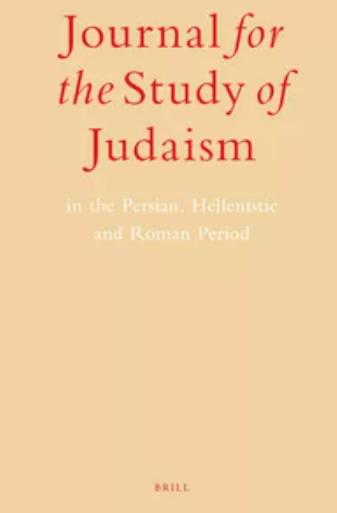[ 신간 소개 ] 2025. 8. 15.
초기 기독교 시대는 급성장하던 기독교 운동의 내적 다양성과 그레코-로만 시대의 종교적 세계라는 배경 속에서만 이해될 수 있다. 이 시기에 대한 입문서로 저명한 신약학자 마르쿠스 욀러(Markus Öhler)는 나사렛 예수를 둘러싼 사건들부터 135년의 바르 코크바 봉기까지 초기 기독교의 시작을 재구성한다.
욀러는 먼저 독자들에게 초기 기독교 연구에 필수적인 방법론, 자료, 그리고 오랜 학술적 논의들을 안내하며 시작한다. 그 후 그는 시대를 연대순으로 따라가며 나사렛 예수와 그의 첫 제자들의 활동, 1세기 동안의 기독교 운동의 확산, 팔레스타인, 시리아, 소아시아, 그리스에서의 초기 기독교 공동체의 설립, 그리고 2세기 초 기독교 신학, 관습, 공동체 형성의 발전 과정 등을 다룬다.
다수의 표와 도표를 포함하고 각 장마다 추가적인 참고 문헌을 제시하는 이 책의 핵심 목표는, 초기 기독교 시대를 통상적으로 초기 로마 제정기로 분류되는 사회사 및 동시대사의 지평 위에 놓는 것이다. 이러한 배치는 초기 기독교 전통과 공동체의 독특한 특징들이 새로운 방식으로 드러나게 하며, 또한 이 시기 동안 신생 기독교가 고대 유대교 및 주변 사회와 맺었던 변화하는 관계에 대한 신선한 통찰을 제공한다. 그 결과, 욀러는 기독교 운동의 역동성, 발전 과정, 그리고 여러 맥락을 진지하게 고려하는 초기 기독교에 대한 포괄적인 그림을 제시한다.
The period of early Christianity can only be understood in light of the burgeoning Christian movement’s internal diversity and against the background of the religious world of Greco-Roman antiquity. In this introductory textbook on the period, leading New Testament scholar Markus Öhler offers a reconstruction of the beginnings of early Christianity from the events surrounding Jesus of Nazareth to the Bar-Kokhba uprising in the year 135.
Öhler begins by orienting the reader to the methods, resources, and long-standing scholarly discussions essential for the study of early Christianity. He then proceeds chronologically through the period, covering the activities of Jesus of Nazareth and his first disciples, the spread of the Christian movement during the first century, the establishment of early Christian communities in Palestine, Syria, Asia Minor, and Greece, and developments in Christian theology, practice, and community formation at the beginning of the second century.
Including a number of tables and charts, and with suggestions for further reading provided in each chapter, the central aim of the book is to place the era of early Christianity in the horizon of social and contemporary history normally classified as the early imperial period. This placement enables the distinct characteristics of early Christian traditions and communities to become visible in a new way, and also offers fresh insights into the changing relationship of incipient Christianity to ancient Judaism and the surrounding society during the period. As a result, Öhler advances a comprehensive picture of early Christianity that takes seriously the movement's dynamics, developments, and contexts.
[Contents]
1 Basic Questions of a History of Early Christianity
2 Rule, Society, Religion
3 Religion and Culture of the Judeans: Judaism in the Early Imperial period
4 Chronology of Early Christianity
5 Jesus of NazarethExcursus: Peter
6 The New Beginning: Easter and PentecostExcursus: Mary Magdalene
7 The First Communities in Judea, Galilee, and Samaria
8 The Spread of Faith in Christ to Syria
9 The Early Days of Paul
10 The Ongoing Dispute over Law and Judean IdentityExcursus: Barnabas
11 The Spread of the Gospel in Asia Minor and Greece by Paul
12 The Pauline CommunitiesExcursus: Timothy
13 The Continuation and Recording of Judean Identity in Early Christianity from 47 to 135 CEExcursus: James, the Brother of Jesus
14 Early Christianity in Greco-Roman Society between 60 and 135 CE
15 Internal Crises in Early Christianity between 60 and 135 CE
16 Internal Transformations in Early Christianity between 60 and 135 CE







